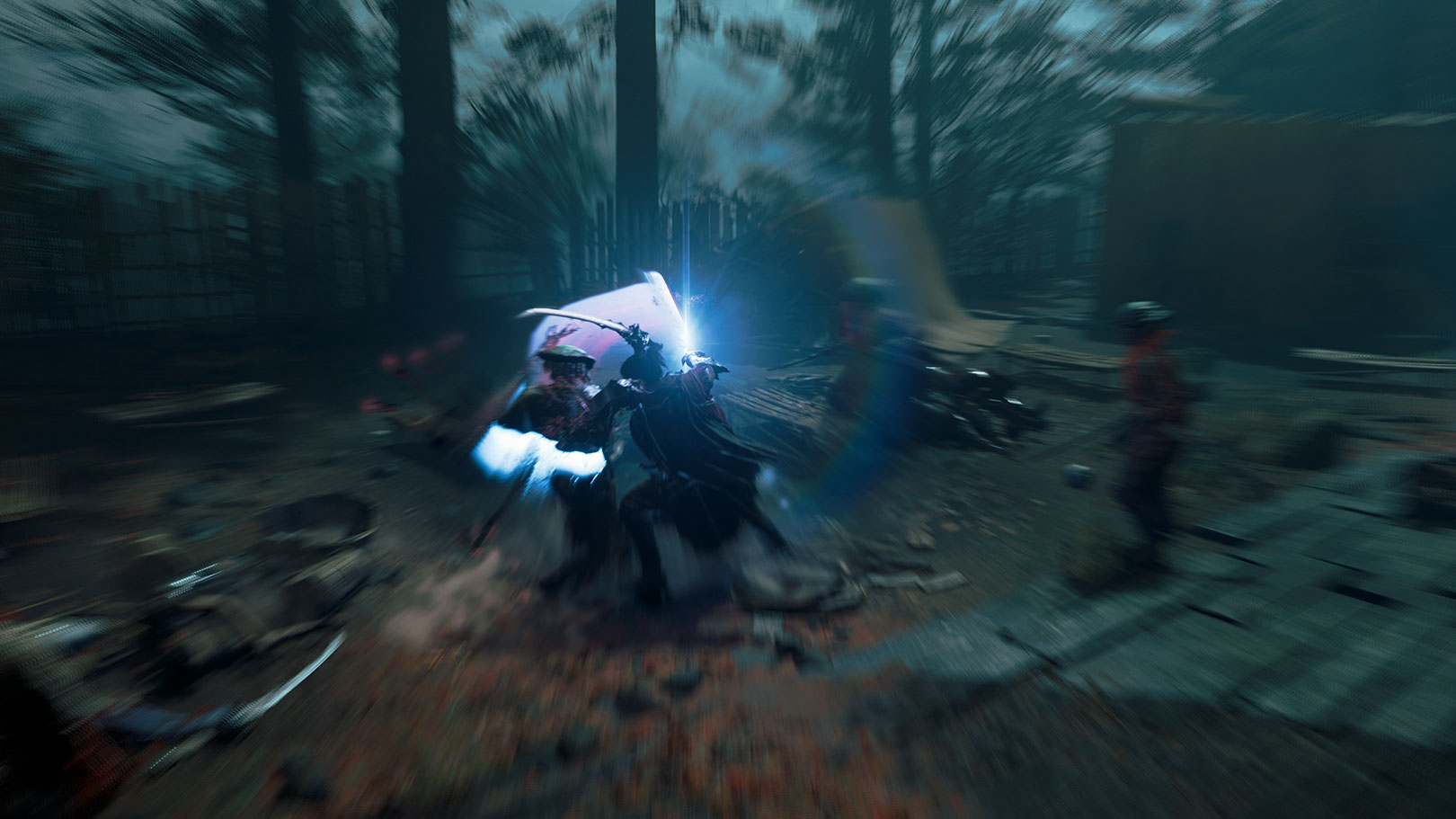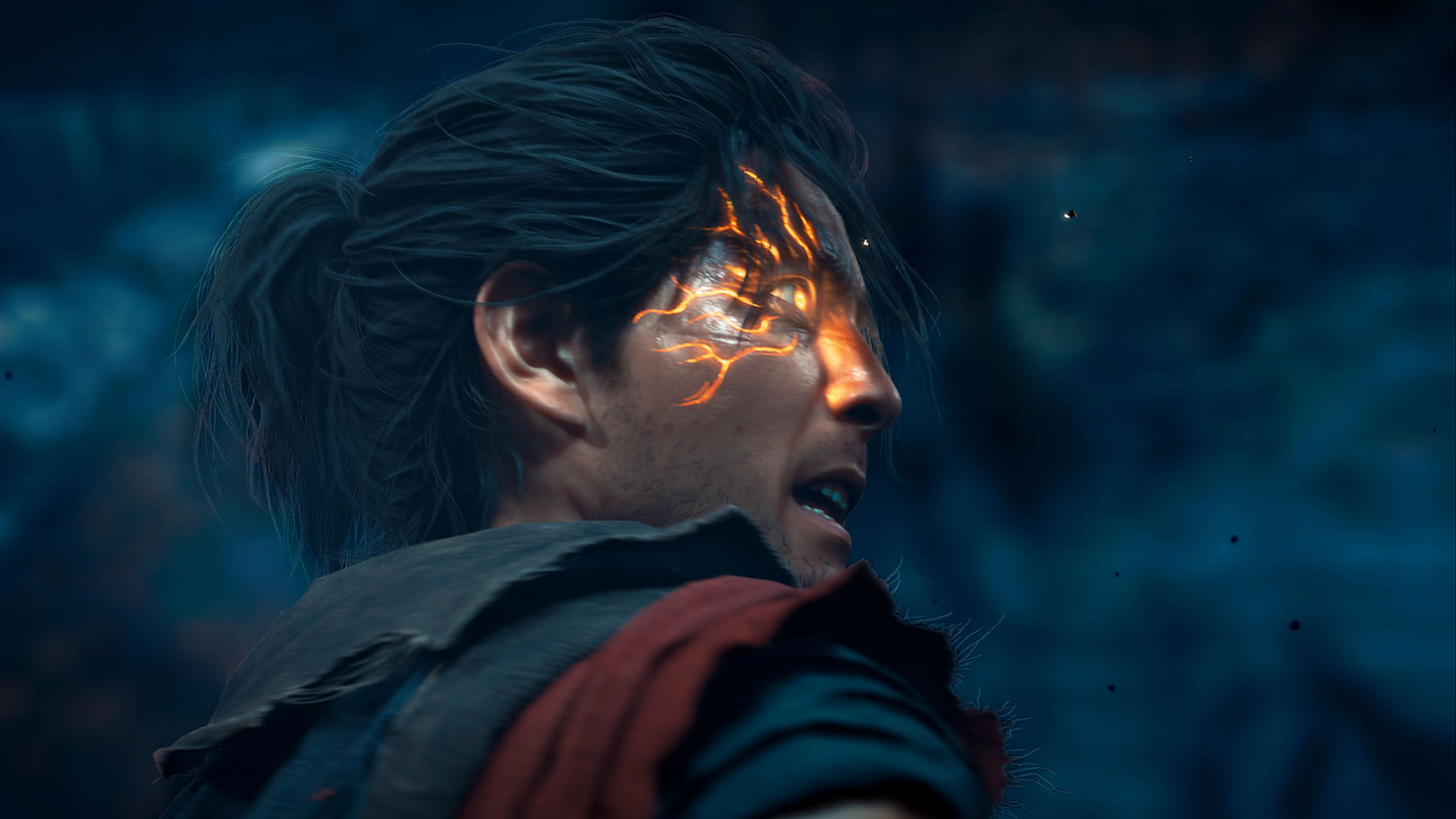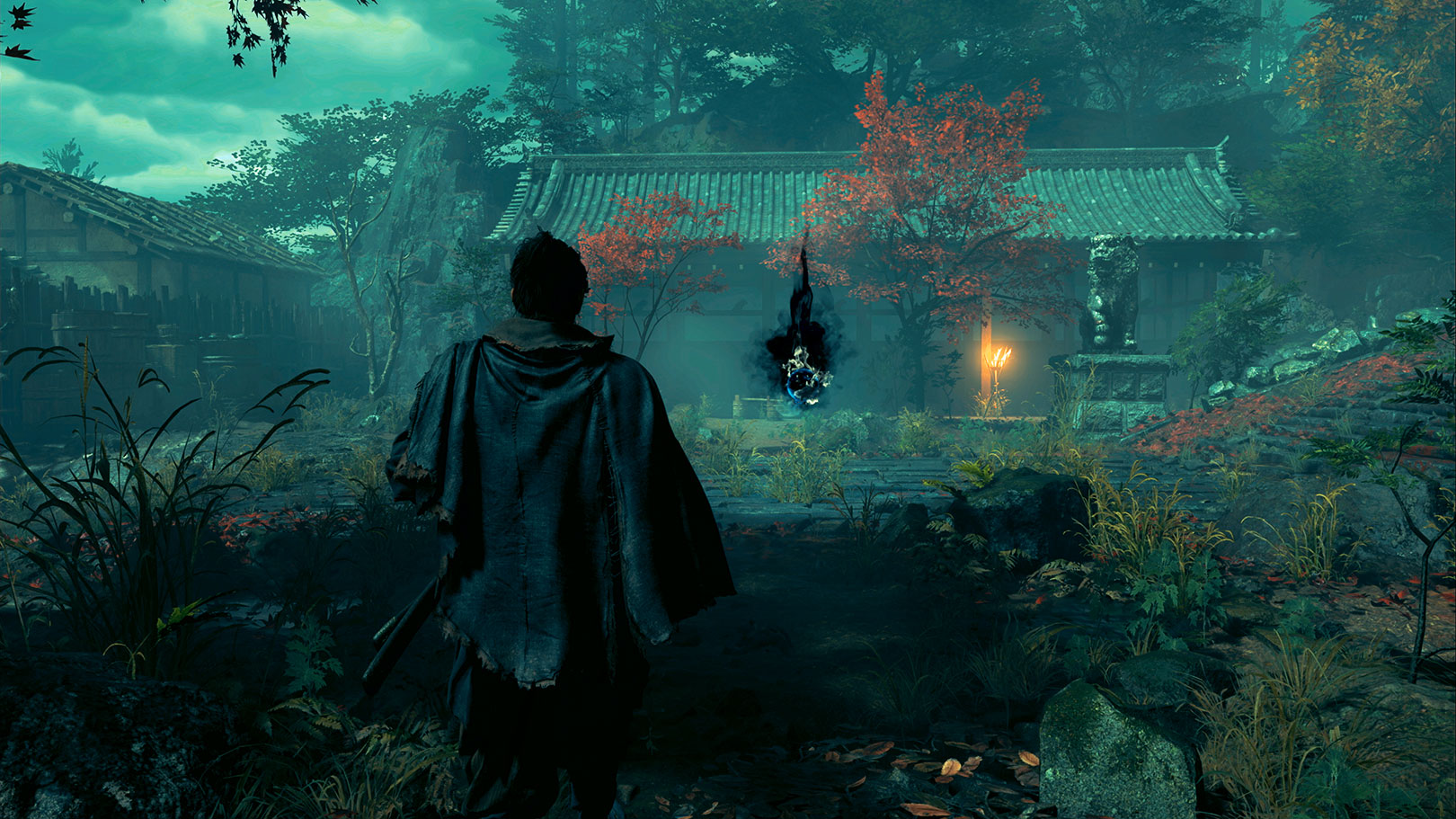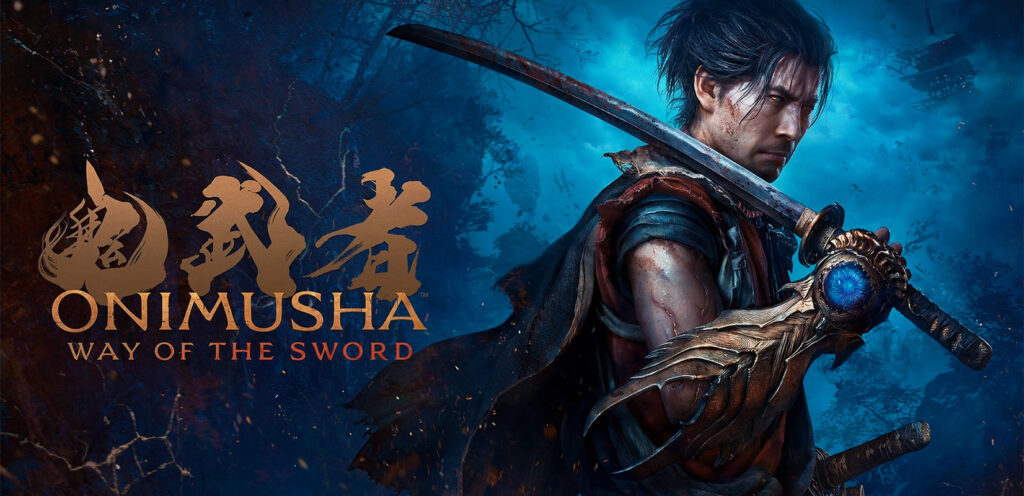The Onimusha series has always been about clashing blades, demonic curses, and the legacy of warriors who walk the line between duty and destruction. With Onimusha: Way of the Sword, Capcom is doubling down on that legacy—reintroducing us to the world of Oni, Issen counters, and historical fantasy through a fresh new lens.

We got to see a full level of live gameplay—set at the iconic Kiyomizu-dera Temple—from its cinematic intro to a cinematic, brutal boss fight. And if you’re a fan of the series (or just love stylish swordplay), Way of the Sword is already looking like a must-play.
The game casts you as a younger version of Miyamoto Musashi, the legendary swordsman of Japanese history and folklore. His in-game likeness is modeled after none other than Toshiro Mifune—the iconic actor whose samurai performances defined a generation of Japanese cinema. It’s a thoughtful and respectful nod that adds weight to the character the moment he walks on screen.
But Musashi doesn’t want to be here. Early in the story, he becomes bound to the Oni gauntlet—a cursed relic fans of the series will recognize. Unfortunately for him, he’s very much not interested in wielding it. Unfortunately, he has no choice. The power is stuck to him, whether he likes it or not.
That moral tension becomes even more striking when you meet his rival, Sasaki Ganryu. In sharp contrast to Musashi, Ganryu embraces his Oni gauntlet. Alas, in typical Onimusha fashion, power has corrupted him, warping both his mind and fighting style into something far more monstrous.
A Combat System That Cuts Even Deeper
Combat in Way of the Sword is as sharp and stylish as ever, blending old-school Onimusha systems with some new mechanics.
Soul Absorption is back—defeated enemies release orbs you’ll need to collect quickly before they vanish. Blue souls fuel your special skills, yellow souls restore health, and red souls grant experience points. Timing your soul absorption is now part of the tactical layer, not just a cleanup step.
Guarding lets you block attacks from any direction, but you can’t turtle forever—take too many hits, and your guard will break. Instead, you’re encouraged to stay aggressive and reactive with mechanics like Redirect, which lets you parry and launch enemies into environmental hazards like torches to ignite them. Deflect is its own input and a key new mechanic, allowing you to reflect projectiles or melee strikes to deal heavy posture damage and set up devastating counters.

The classic Issen mechanic returns as well—this time with some flair. Time your attack just as an enemy strikes, and you’ll trigger a powerful cinematic slash. It’s more satisfying than ever, especially when chaining multiple Issen counters together. Pulling off a Chain Issen requires precise timing but turns you into a complete badass—perfect when you’re surrounded.
Musashi can also enter a Powered-up State after enough successful deflections. In this state, your attacks deal more damage and generate more blue souls, giving you more opportunities to trigger flashy, skill-based attacks—like the dual-sword dance that showers the field with health-restoring yellow orbs.
Tactical Boss Battles and Oni Powers
Boss fights are where these mechanics shine even brighter. Each boss has a second gauge beneath their health bar. Deflecting their attacks drains it, and once it’s empty, you can trigger a Break Issen. This lets you choose which part of the boss to strike—each target offering a unique outcome.

Outside of combat, Oni Vision allows Musashi to see things hidden to normal eyes—like invisible Genma blocking your path. Activating it reveals previously undetectable obstacles and enemies. It provides a little puzzle-solving break amidst all of the swordplay and chaos.
Then, there is the mysterious Dark Mass, a manifestation of negative energy left behind by the deceased. By absorbing it, Musashi can witness echoes of the past.

What elevates Way of the Sword beyond just another action reboot is its sense of place. The developers drew inspiration from Japanese folklore not only for creature design but also for worldbuilding. The developers constructed the towns using historical consultations, grounding the layouts and architecture in the actual period setting.
That balance—between fact and fantasy, legend, and legacy—is what defines Onimusha: Way of the Sword. It’s stylish without being shallow. Brutal without losing heart. And it’s shaping up to be a worthy return for a series that’s been long overdue for a comeback.







